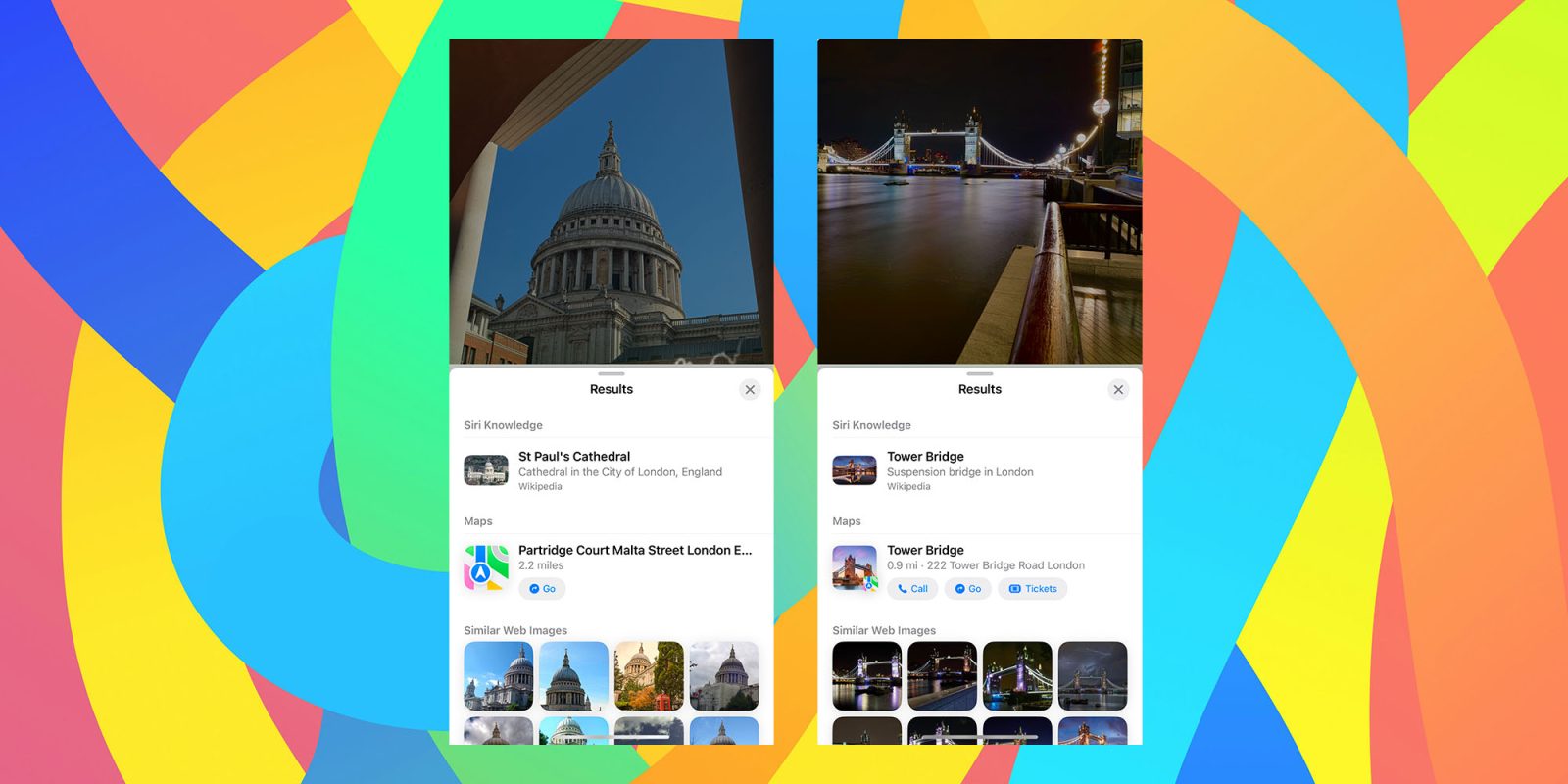
A developer has discovered that Apple’s Photos app automatically shares your iPhone photos with the company, linked to a new iOS 18 feature called Enhanced Visual Search.
This feature builds on the previously introduced Visual Look Up functionality, which recognizes objects in your images, though a privacy note in the Settings app suggests that it transmits more data to Apple…
Visual Look Up
Visual Look Up (VLU) is an earlier feature designed to identify elements within your photos to offer relevant supplementary information. For instance, if you capture an image of a dog, it will try to determine the breed.
VLU can recognize a variety of subjects, from flowers to landmarks, and has the capability to interpret complex laundry labels and even diagnose car issues.
Initially launched in iOS 15, Apple noted at that time that the feature transmits “limited” data to its servers.
When you use […] Visual Look Up […] limited information will be sent to Apple to provide up-to-date suggestions. Any data sent does not identify you and is associated with a 15-minute randomized device-generated identifier.
Apple clarifies that this includes location information.
Enhanced Visual Search
As its name indicates, Enhanced Visual Search (EVS) is an upgraded iteration of VLU. Developer Jeff Johnson pointed out in a recent blog post that this feature has its own privacy note, indicating that it may transmit more data.
You can find the EVS-specific privacy disclaimer in the Settings app:
Settings > Apps > Photos > Scroll down to the bottom
The notification states:
Allow this device to privately match places in your photos with a global index maintained by Apple so you can search by almost any landmark or point of interest.
Johnson’s commentary is quite critical, expressing dissatisfaction over EVS being enabled by default.
This user never asked for their on-device experience to be “enriched” by sending information back to Cupertino. This decision was made silently by Apple, without user consent.
To me, computing privacy is straightforward: if something occurs solely on my device, it remains private; if my device communicates with the manufacturer, then it’s not private, or at least not entirely private[…] Apple’s automatic activation of this “feature” disregards user preferences. I never wanted my iPhone to communicate with Apple.
Remember this advertising slogan? “What happens on your iPhone, stays on your iPhone.” That turned out to be demonstrably false.
DMN’s Perspective
While it’s noteworthy that Apple emphasizes the data shared by EVS, the company seems to be equally diligent about safeguarding our privacy, as they are with VLU.
Enhanced Visual Search in Photos enables you to search for images using landmarks or points of interest. Your device privately correlates photo locations to a global index maintained on Apple’s servers. We implement homomorphic encryption and differential privacy while using an OHTTP relay to conceal IP addresses, preventing Apple from accessing specific information in your photos.
Personally, I’m fine with keeping it enabled, but you have the option to deactivate it if you prefer.
One piece of information that isn’t shared is location data, as evidenced by multiple photos of the London skyline being misidentified as various cities, including San Francisco, Montreal, and Shanghai.
Source: The Verge. Images: Ben Lovejoy/DMN. Background: Maxim Berg on Unsplash.
FTC: We utilize income-generating auto affiliate links. More.




